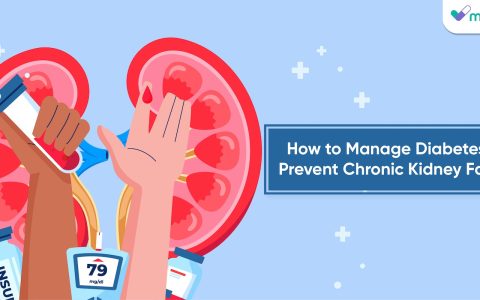Chemo ports and winged Huber needles are vital components in the delivery of chemotherapy treatment for cancer patients. These tools play pivotal roles in ensuring efficient and safe administration of chemotherapy drugs, significantly impacting patients’ comfort and treatment outcomes.
Chemo ports, also known as port-a-caths or just ports, are implantable devices placed beneath the skin, typically in the chest area. They consist of a small reservoir attached to a catheter that leads into a major vein. Ports are accessed using a Huber needle, a specialized non-coring needle designed to penetrate the port’s septum without damaging it. This access point allows medical professionals to administer chemotherapy drugs, draw blood for tests, and deliver other medications, reducing the need for multiple vein punctures.
One critical advantage of chemo ports is their convenience. Unlike peripheral IV lines, which can cause discomfort and carry a risk of vein damage from repeated insertions, ports provide a reliable and long-term access point for treatments. This benefit is particularly valuable for patients requiring frequent or prolonged chemotherapy sessions, minimizing the trauma associated with multiple needle sticks.
The winged Huber needle, a specific type of Huber needle, is designed with butterfly-like wings to provide better stability during insertion. These wings aid in securing the needle in place, reducing the chances of movement during the infusion process. The Huber needle also features a special blunt tip that minimizes damage to the port’s septum, ensuring its longevity and functionality throughout the treatment period.
Patient comfort is a significant consideration in cancer treatment, and the design of these devices reflects this concern. The Huber needle’s construction prioritizes a patient’s comfort by minimizing pain during insertion and ensuring a secure connection to the port. Moreover, the wings of the winged Huber needle provide ease of handling for healthcare practitioners, facilitating precise and controlled insertion.
Proper care and maintenance of chemo ports and Huber needles are essential to prevent complications. Regular flushing of the port with saline or heparin helps prevent blockages and maintains its patency. Additionally, sterile techniques during port access and handling of the Huber needle are crucial in reducing the risk of infections, which could lead to serious complications for immunocompromised cancer patients.
Despite their numerous advantages, chemo ports and Huber needles may pose certain risks, including infections, clotting, or displacement. Close monitoring by healthcare professionals and patient education regarding signs of complications are crucial for early detection and intervention.
In summary, chemo ports and winged Huber needles are indispensable tools in the administration of chemotherapy, offering patients a more comfortable and reliable means of receiving treatment. Their careful implementation, along with proper maintenance and monitoring, significantly contribute to the effectiveness and safety of chemotherapy, ultimately improving the quality of life for cancer patients.



